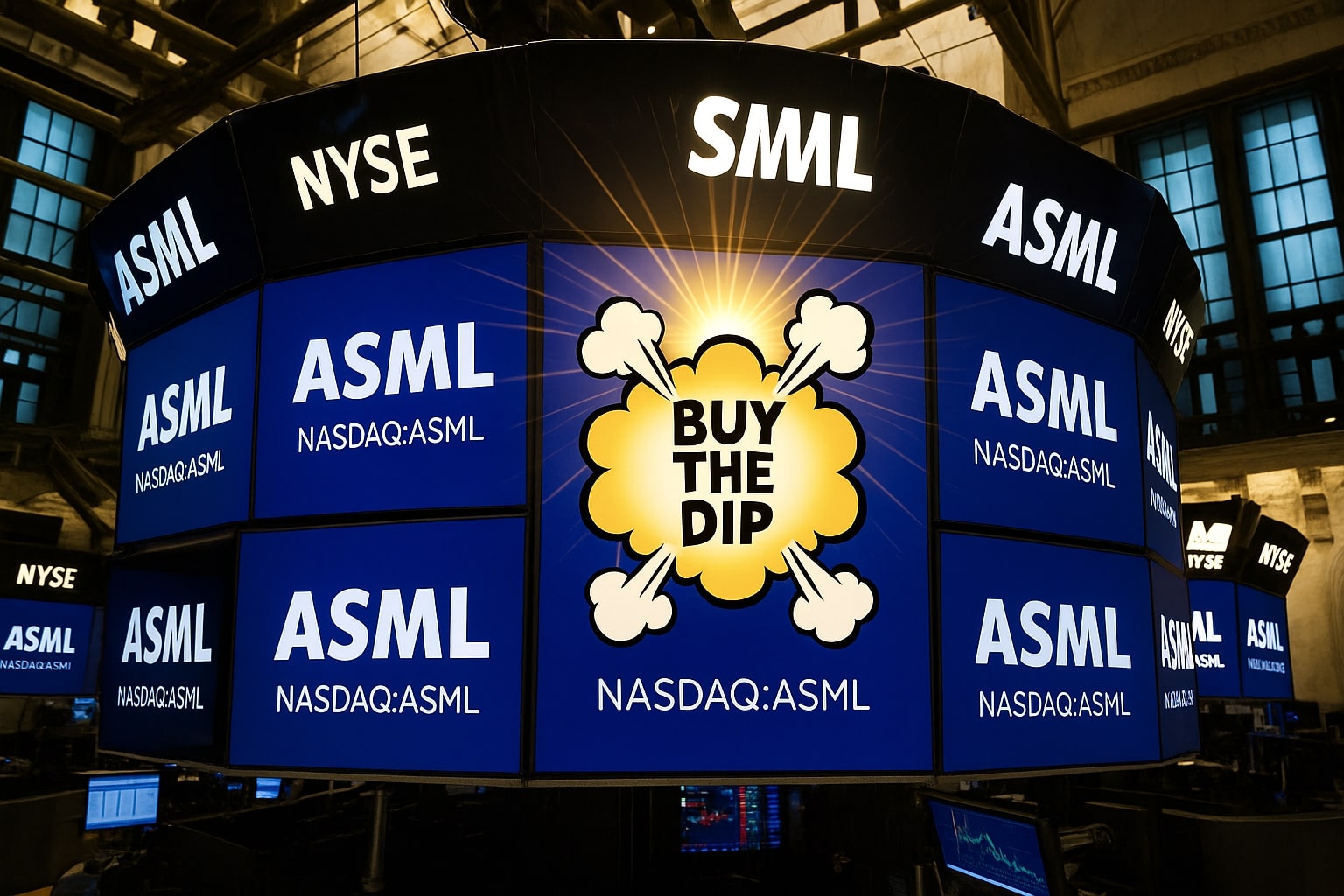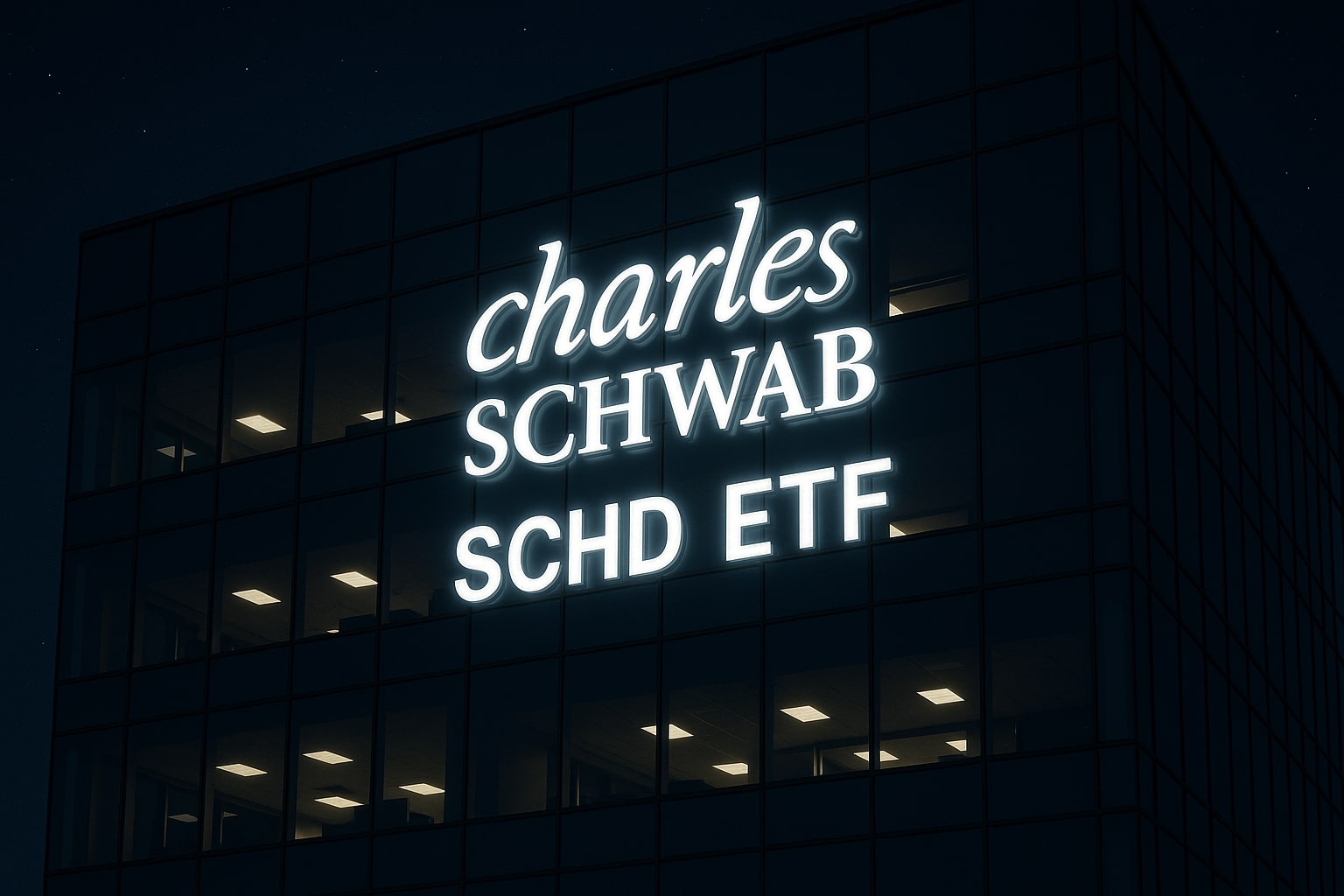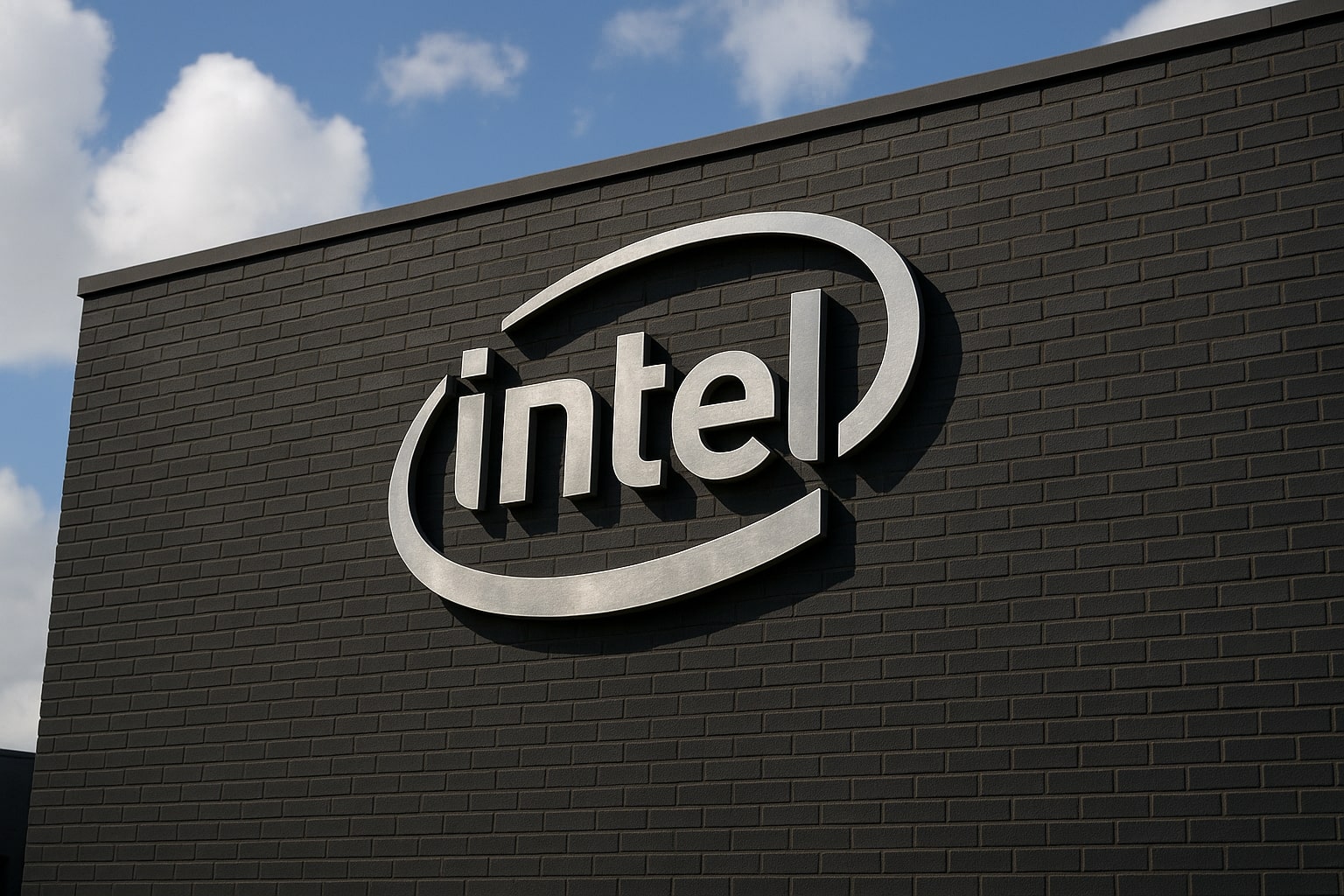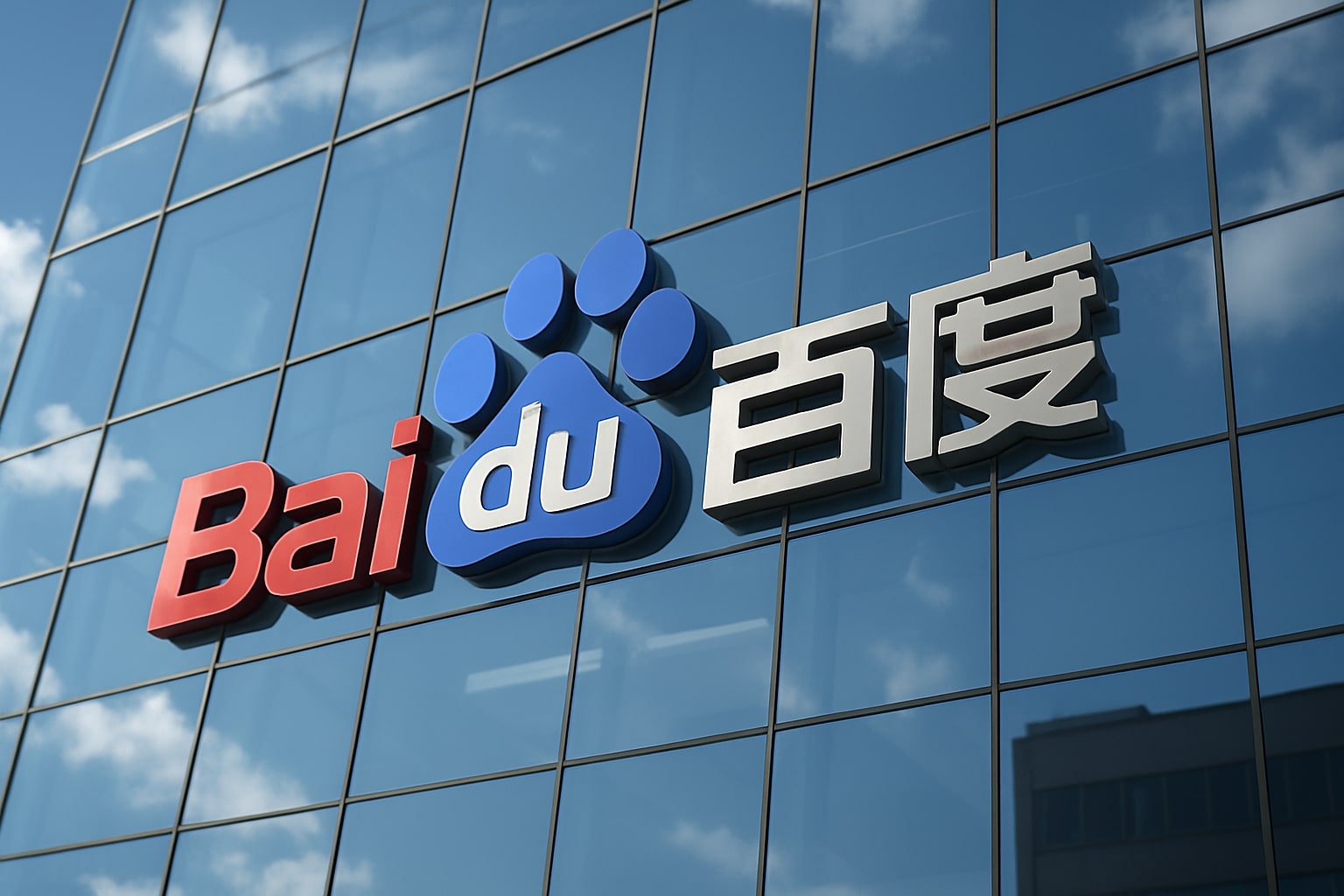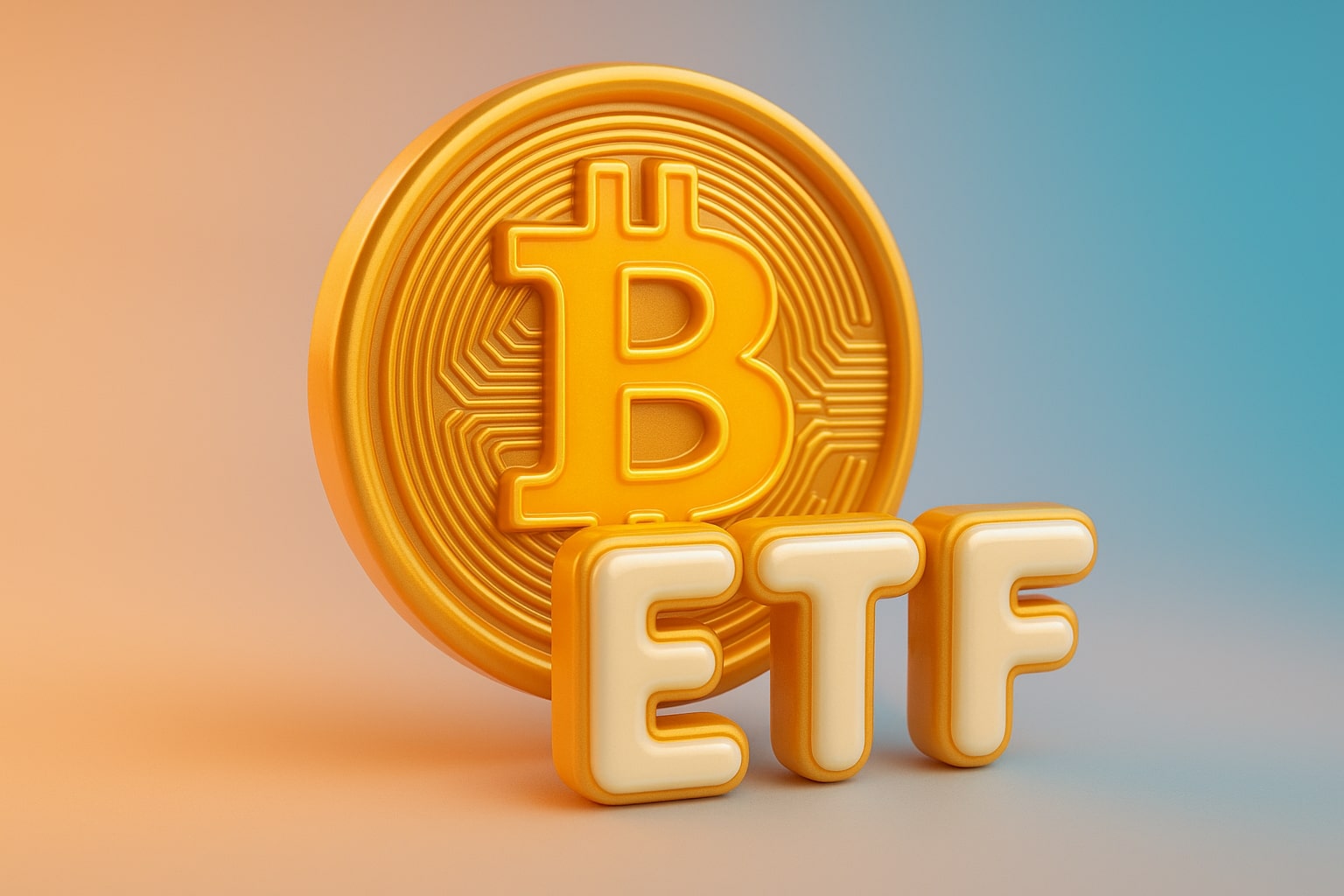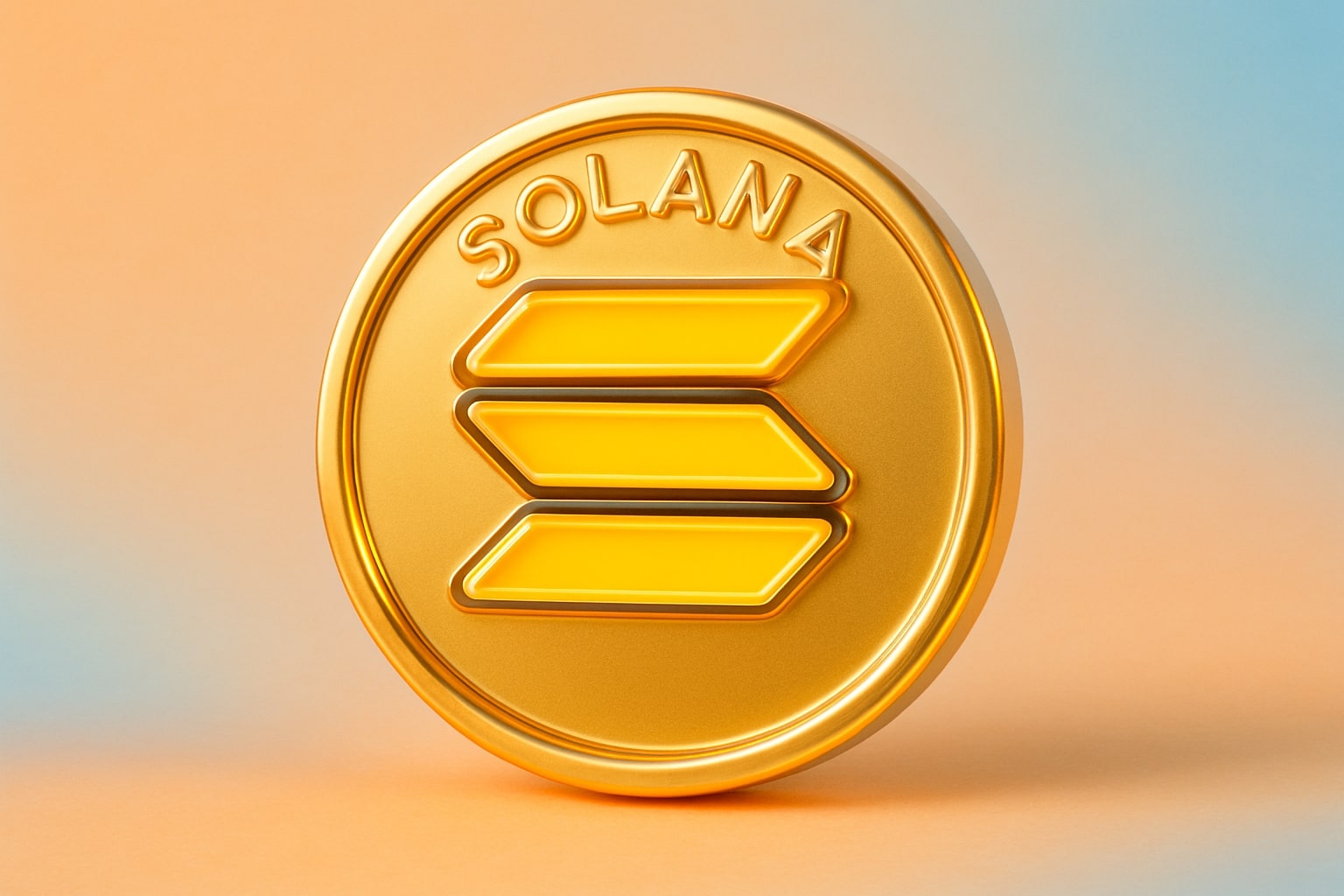Earnings Outperformance and Margin Fortitude of NASDAQ:ASML
ASML delivered stellar second-quarter results, reporting €7.69 billion in revenue versus the €7.52 billion analysts had modeled and net income of €2.29 billion, beating consensus of €2.04 billion. Gross margins remained impressively high at 53.7 percent, consistent with ASML’s long-standing ability to command premium pricing for its Extreme Ultraviolet (EUV) lithography systems. The AI-driven surge in chip demand powered bookings of €5.5 billion, sustaining a multi-quarter pipeline equivalent to roughly five to six quarters of revenue. Despite the one-off currency tailwind from a softer dollar boosting U.S. ADRs, it was ASML’s core hardware performance that underpinned confidence in its long-term earnings power.
Guidance Caution amid Tariff-Related Ambiguity
Management’s warning that 2026 growth could flat-line caught investors off guard, driving a 10 percent slide in ASML’s U.S. shares following the print. The specter of potential 30 percent tariffs on semiconductor tools destined for the United States—additive costs of €20 million to €50 million per machine—has customers deferring CAPEX decisions. While ASML’s 2025 guidance still targets approximately 15 percent net sales growth (implying around €32.5 billion in full-year revenue), the postponement of factory builds by TSMC, Samsung and Intel amid geopolitical uncertainty poses the greatest risk. That delay—not tariffs per se—threatens to push 2026 revenues into 2027 if clarity on trade policy remains elusive.
Supply Chain Resilience and Deep Booking Visibility
ASML’s unrivaled backlog of €33 billion—just above trailing twelve-month revenues of €32.2 billion—provides high confidence in future delivery schedules. EUV systems accounted for 48 percent of Q2 sales, down slightly from 56 percent in Q1, but are expected to reaccelerate as AI chip makers prioritize cutting-edge node production. Even with China accounting for 27 percent of 2025 system sales despite export restrictions, ASML’s diversified supply chain of over 100,000 components has held firm. The company’s strategic shift toward higher-mix, higher-value machines should sustain margins even if unit volumes temporarily ebb.
Insider Transactions Signal Management’s Conviction
A review of ASML’s insider transactions reveals significant share purchases by senior executives in recent months, underscoring their confidence in the company’s medium-term trajectory. Details of these trades are publicly available here: https://www.tradingnews.com/Stocks/ASML/stock_profile/insider_transactions. The aggressive repurchase program—€5.8 billion executed in H1 2025 against a €12 billion authorization—further amplifies EPS accretion and indicates that leadership views current valuation levels as a compelling investment.
Valuation Metrics Highlight an Attractive Entry
ASML’s ADRs trade at a forward price-earnings multiple of 25x based on an expected 2025 EPS of $27.90, a 39 percent increase year-over-year. This compares favorably against its 15-year average of 33x and sits at a decade-low relative to the Philadelphia Semiconductor Index. Analysts project 2026 EPS growth of only 5 percent to $29.35, reflecting the cautious outlook, before rebounding to 21 percent growth in 2027 to $35.53. On a price-to-book basis, ASML’s 13x multiple marks a substantial discount to levels seen during previous expansion phases. At current ADR prices around $711, the risk-reward profile offers 20–25 percent annual upside if political headwinds abate.
Technical Structure: Key Levels Between $700 and $725
Technically, ASML’s share price has found a floor near the June low of $690, rebounding toward resistance around $725, the late-July peak. The 50-day moving average near $705 and the 100-day average at $720 now serve as battlegrounds for momentum. Momentum oscillators show the stock exiting oversold territory, suggesting that a sustained move above $725 could catalyze a testing of the $800 level. Conversely, a dip below $690 risks a deeper probe toward the $650 support zone before buyers step back in.
Strategic Outlook: Buy on Dips for Long-Term AI Backdrop
Given ASML’s robust Q2 fundamentals, entrenched market monopoly in EUV, insider buying, and deep bookings, the 2026 guidance caution appears to be an episodic swing rather than a paradigm shift. For investors aligned with the secular AI and advanced-node semiconductor cycle, accumulating NASDAQ:ASML on corrective moves toward the $700–$680 range offers the most attractive entry. With political and tariff uncertainties likely to ease as trade talks progress, a “buy on dip” approach positions portfolios to capture the anticipated 20–25 percent annualized appreciation once clarity returns.
Recommendation: BUY at current levels with a tactical add-zone in the $700–$680 window and intermediate upside target of $800, extending to $900 as trade-related fears subside.














